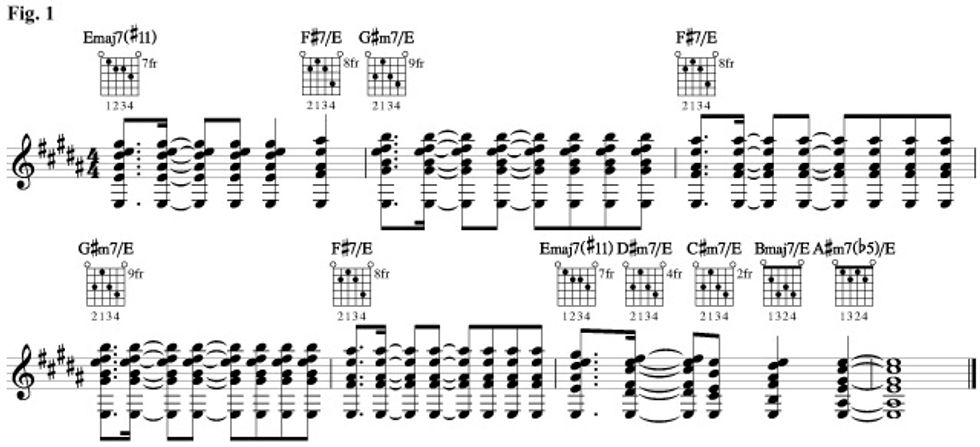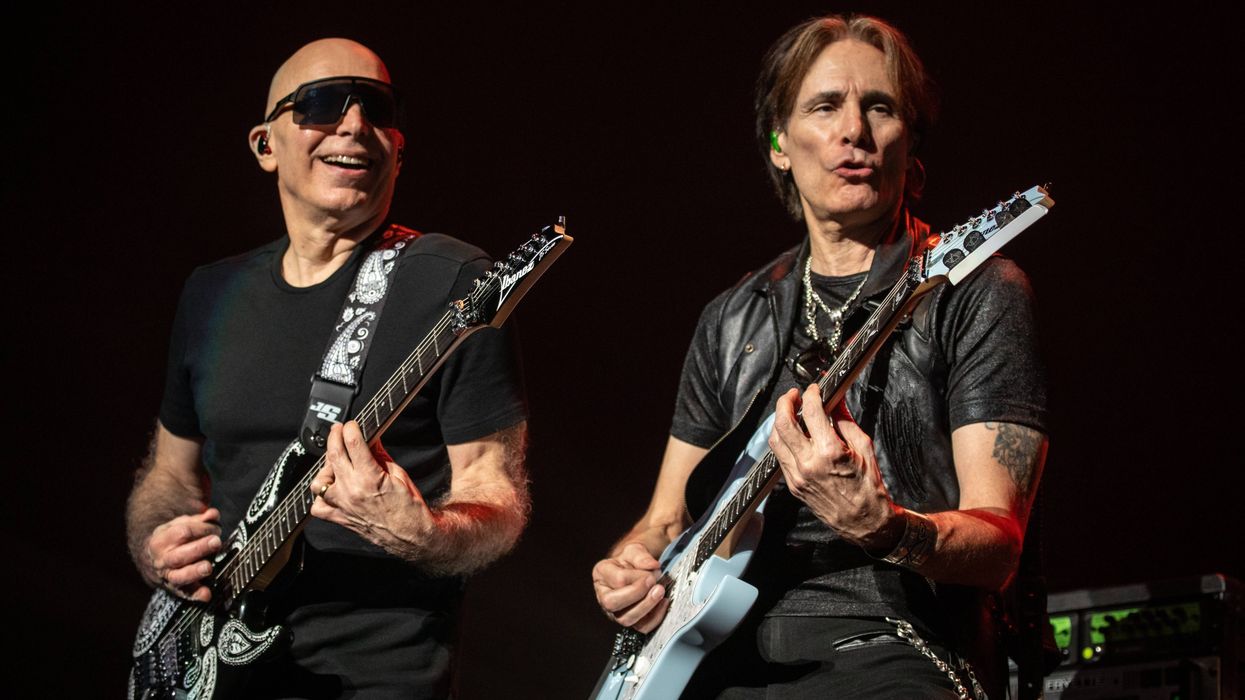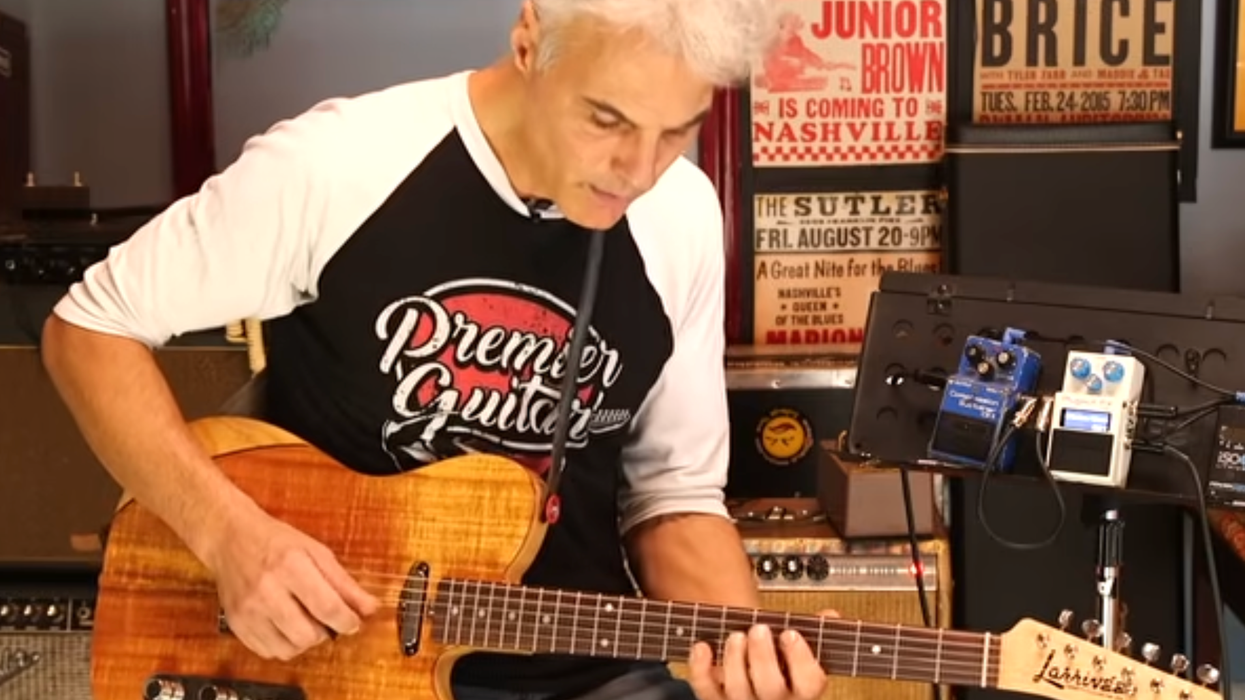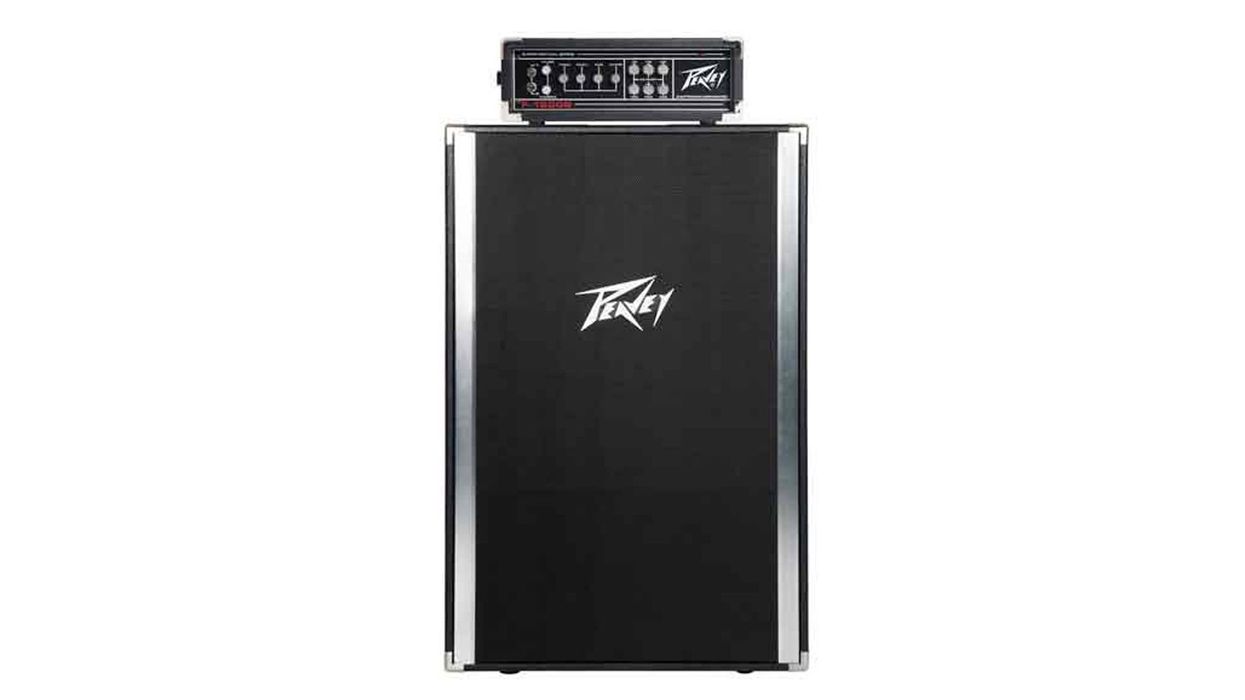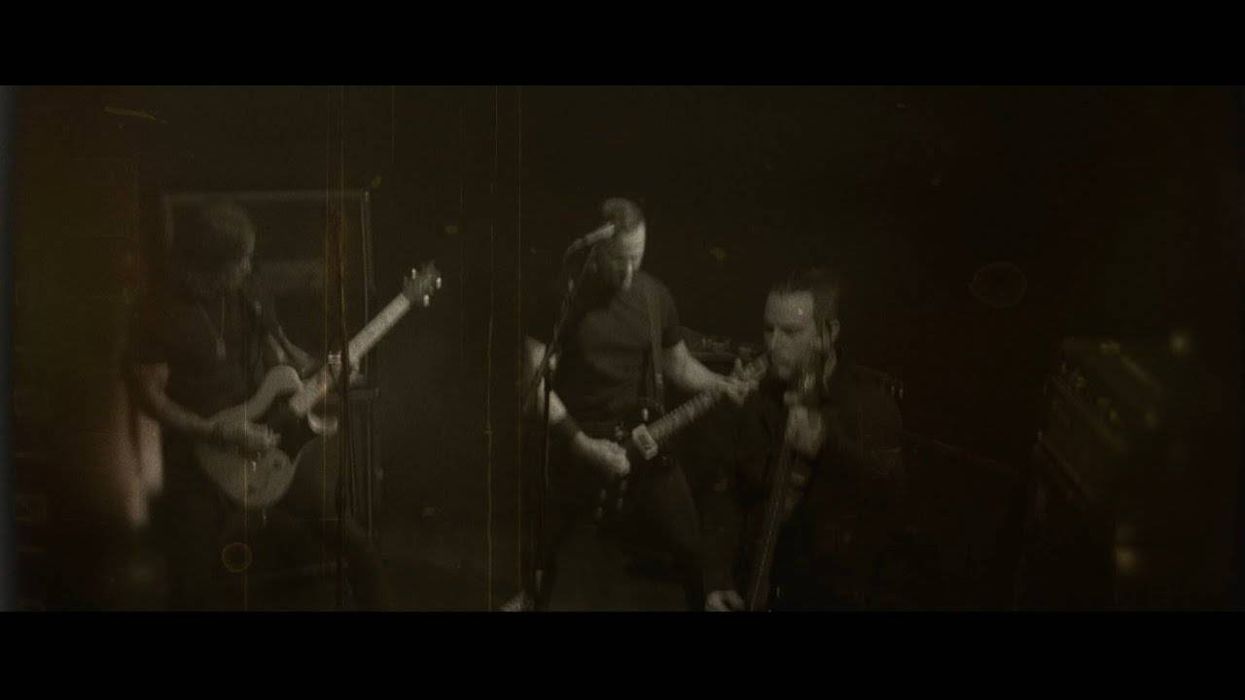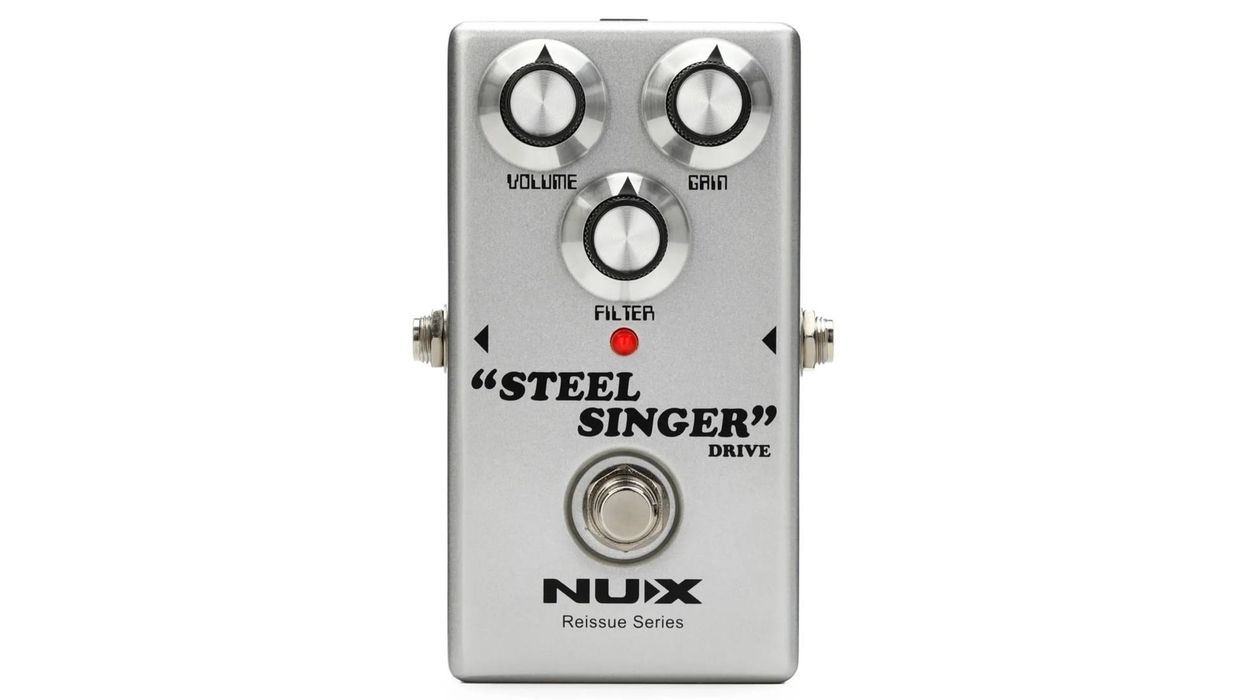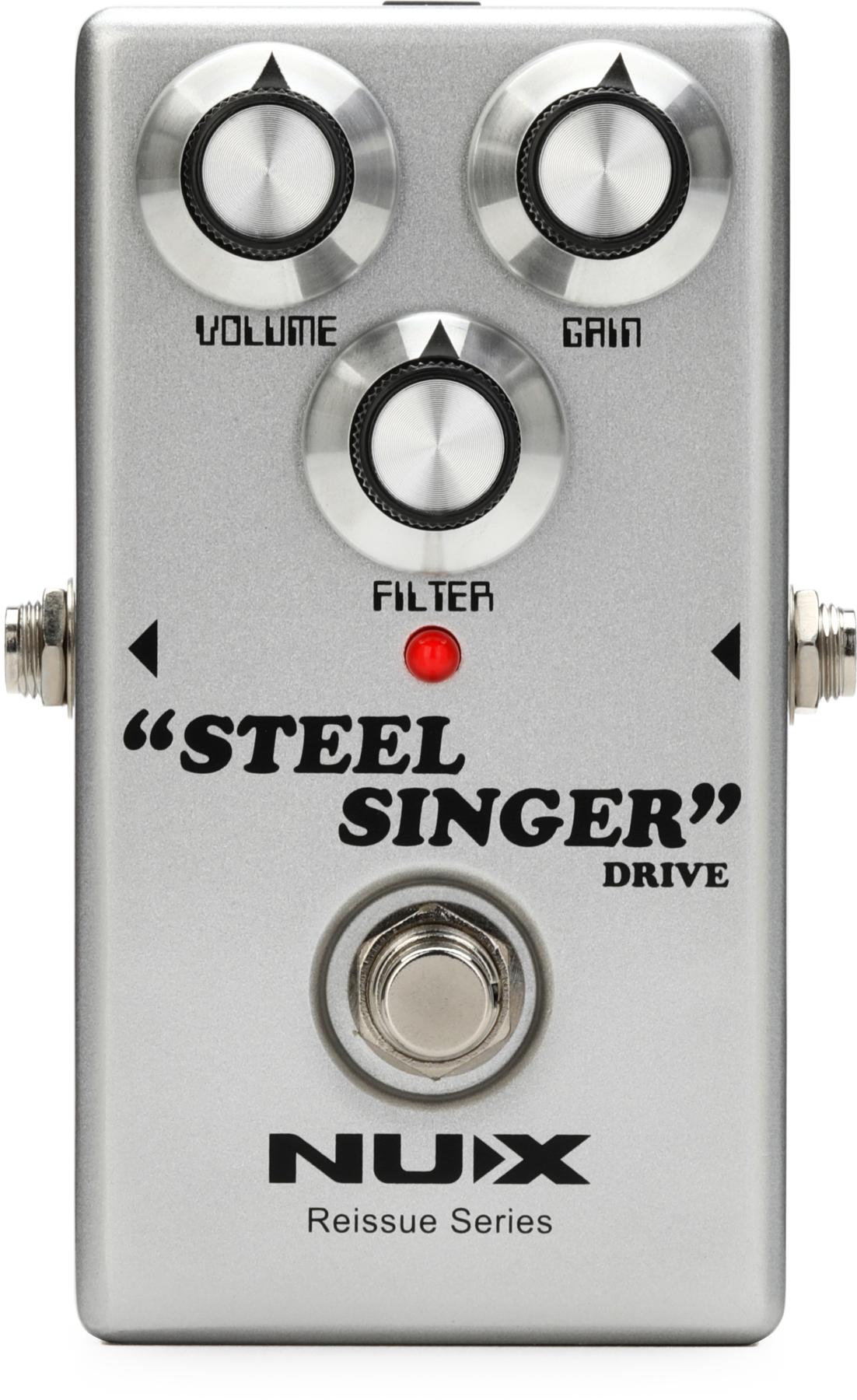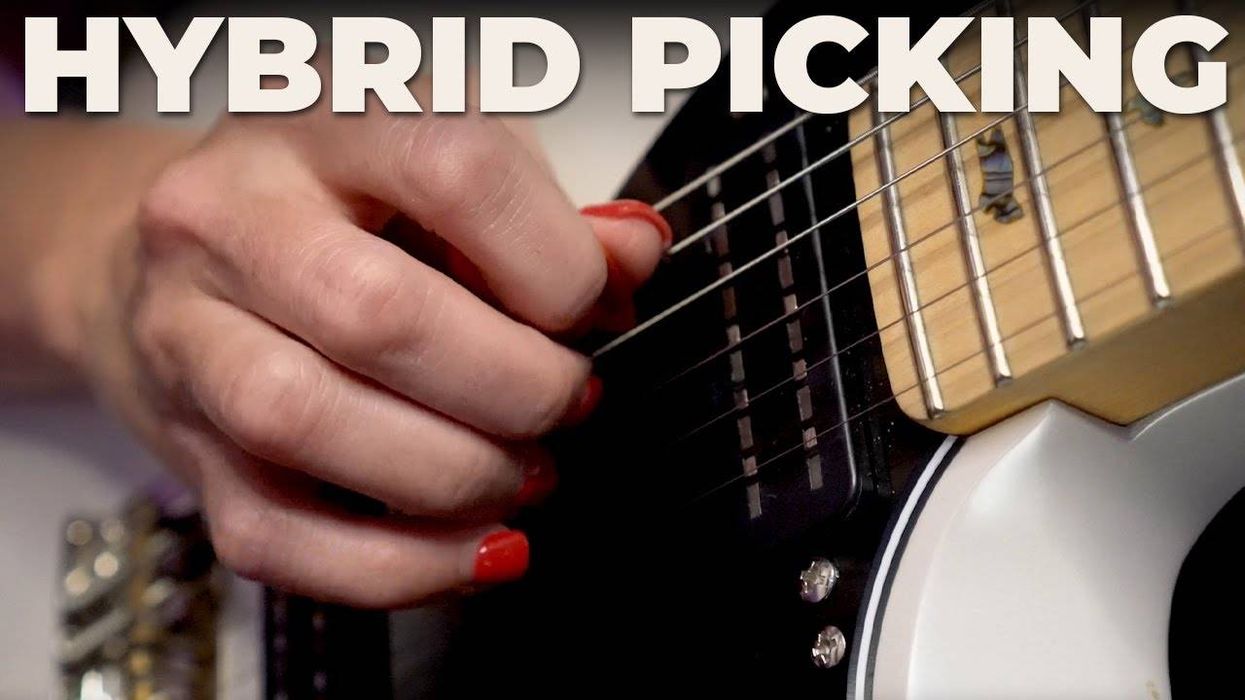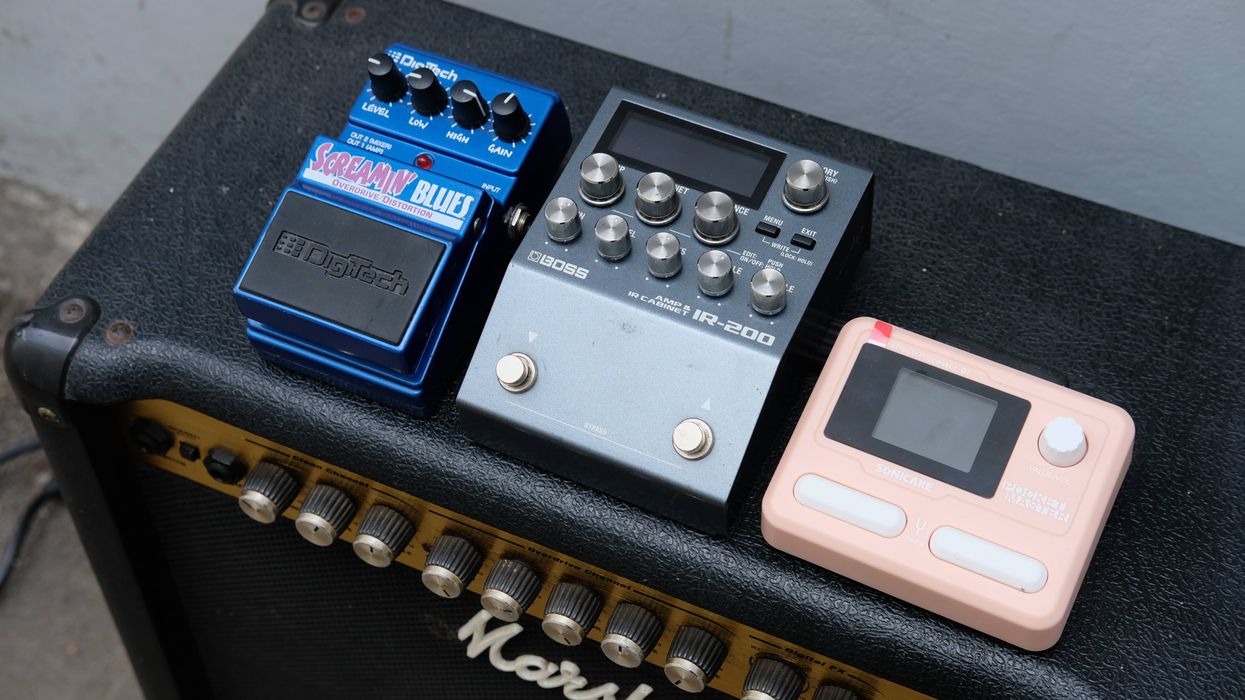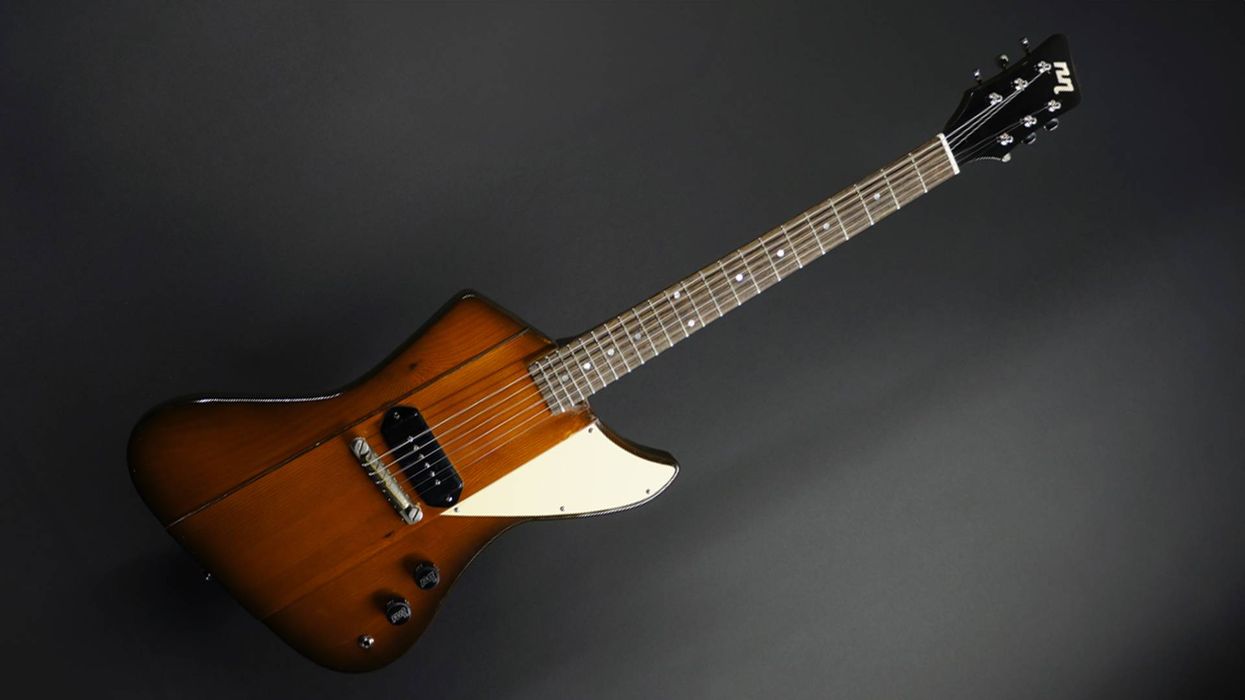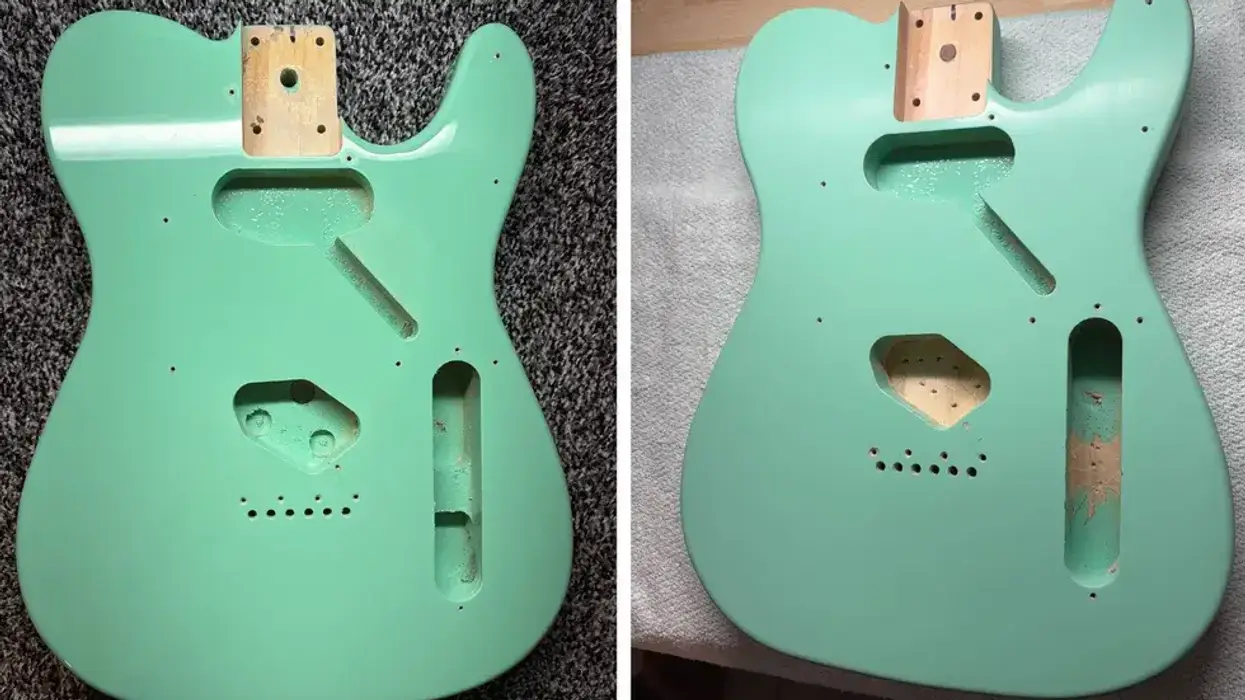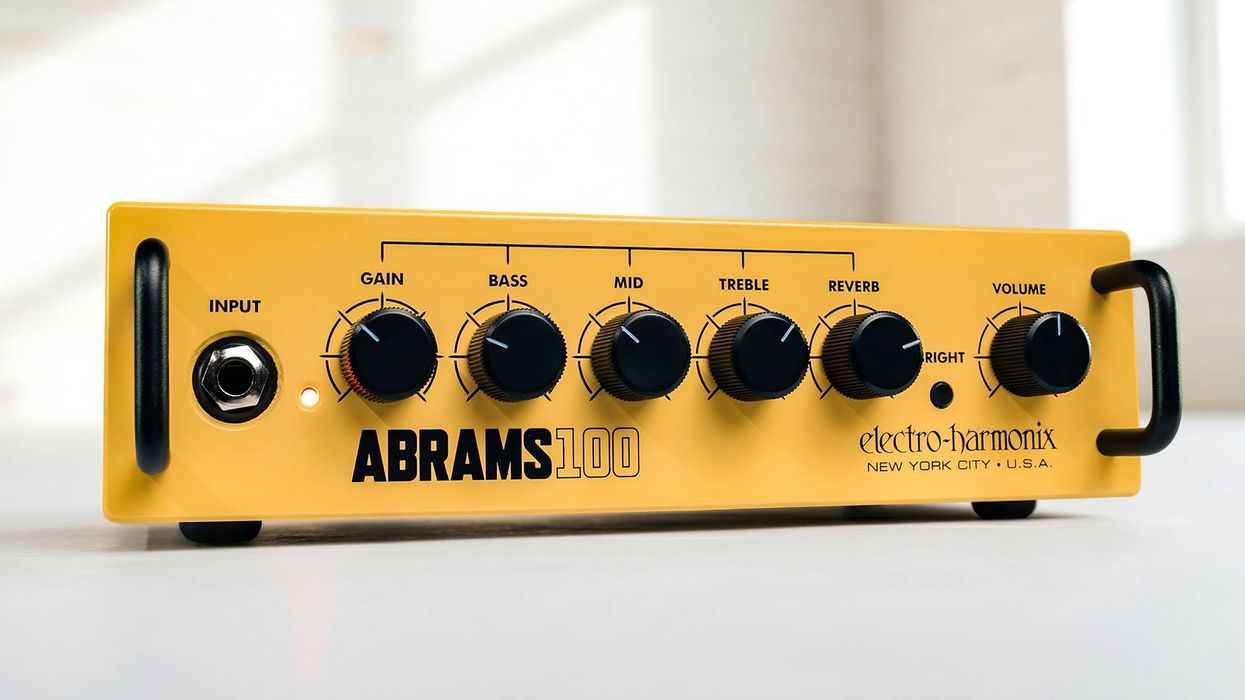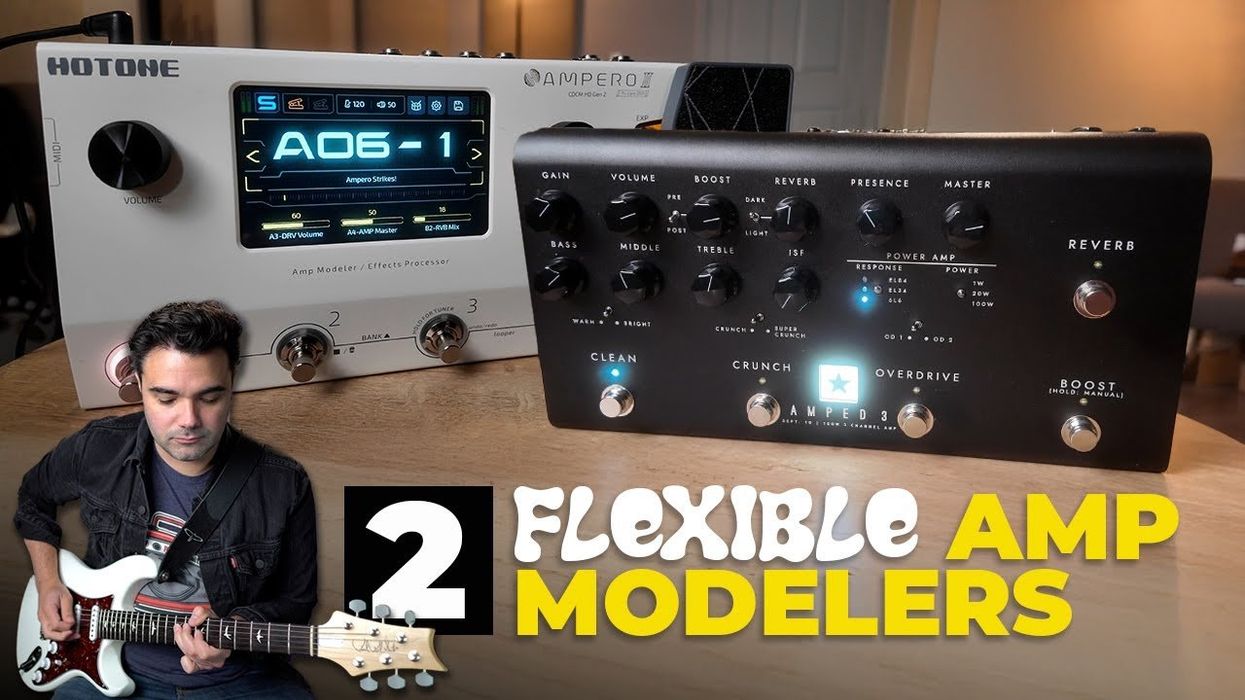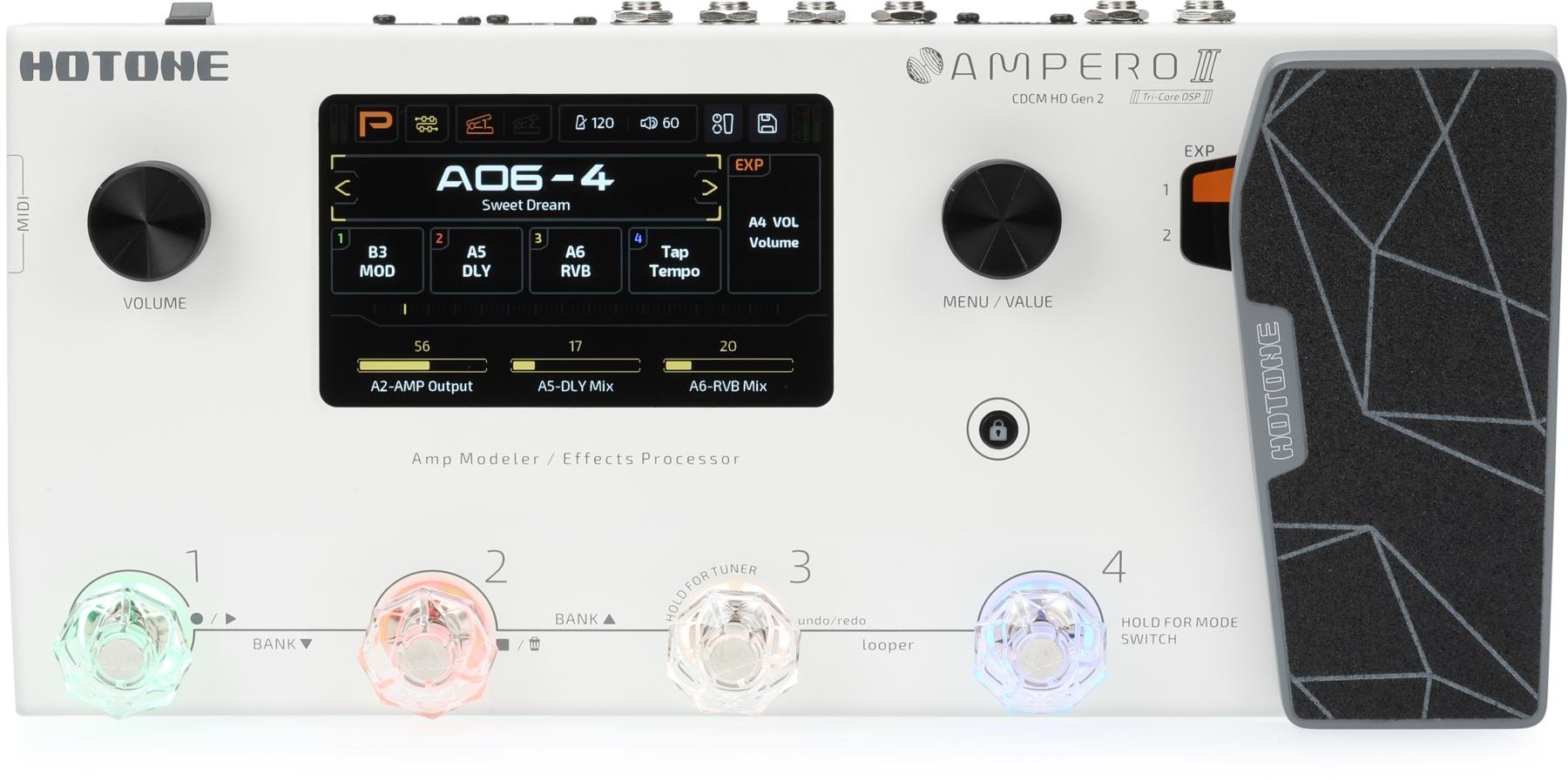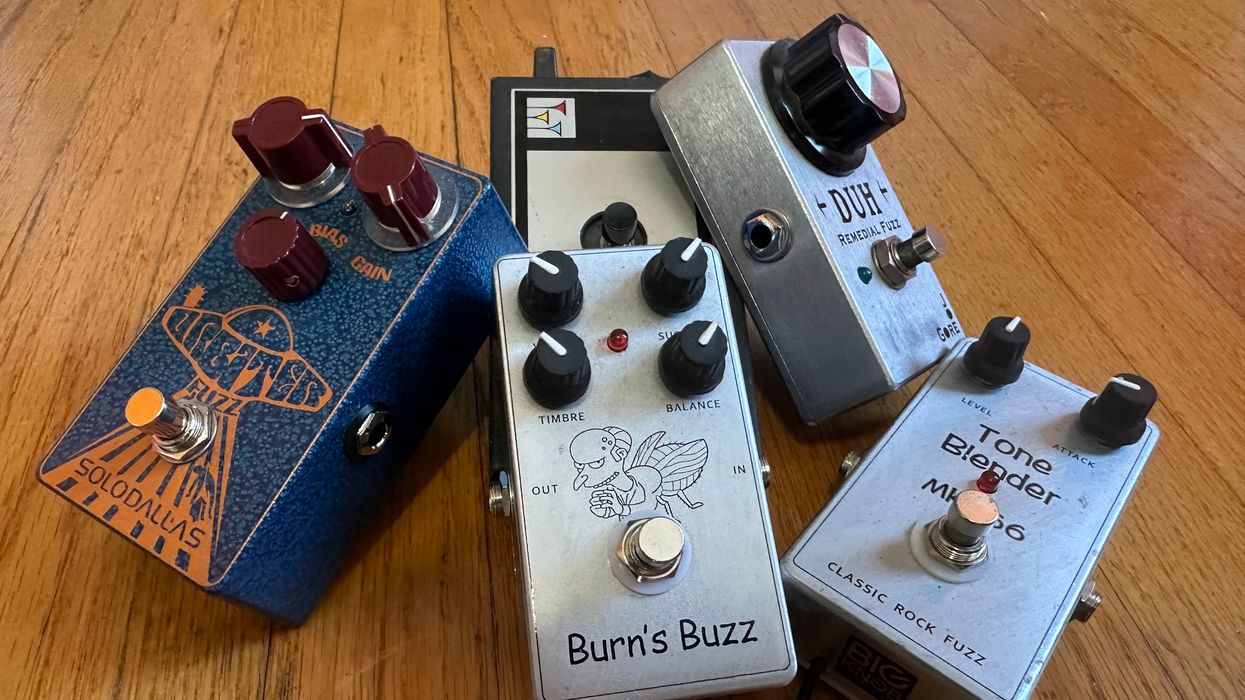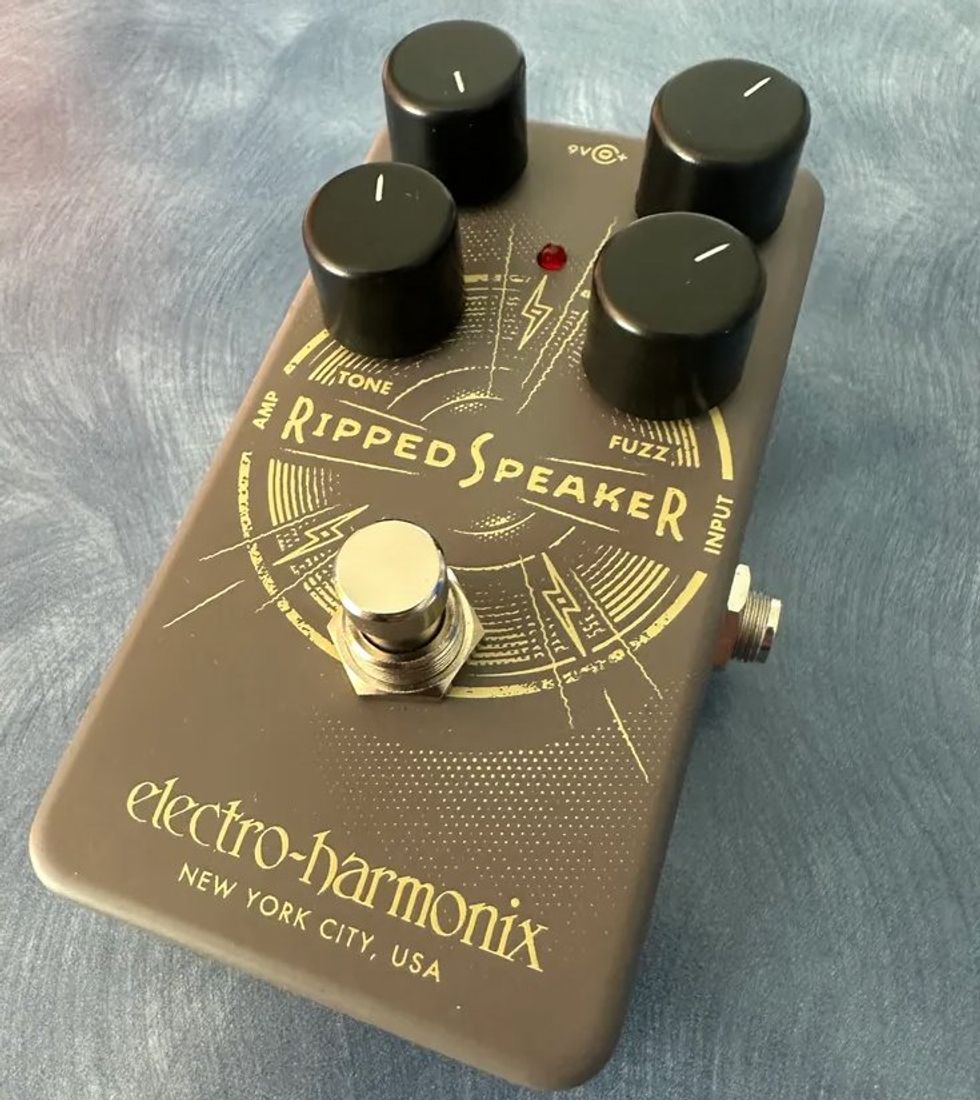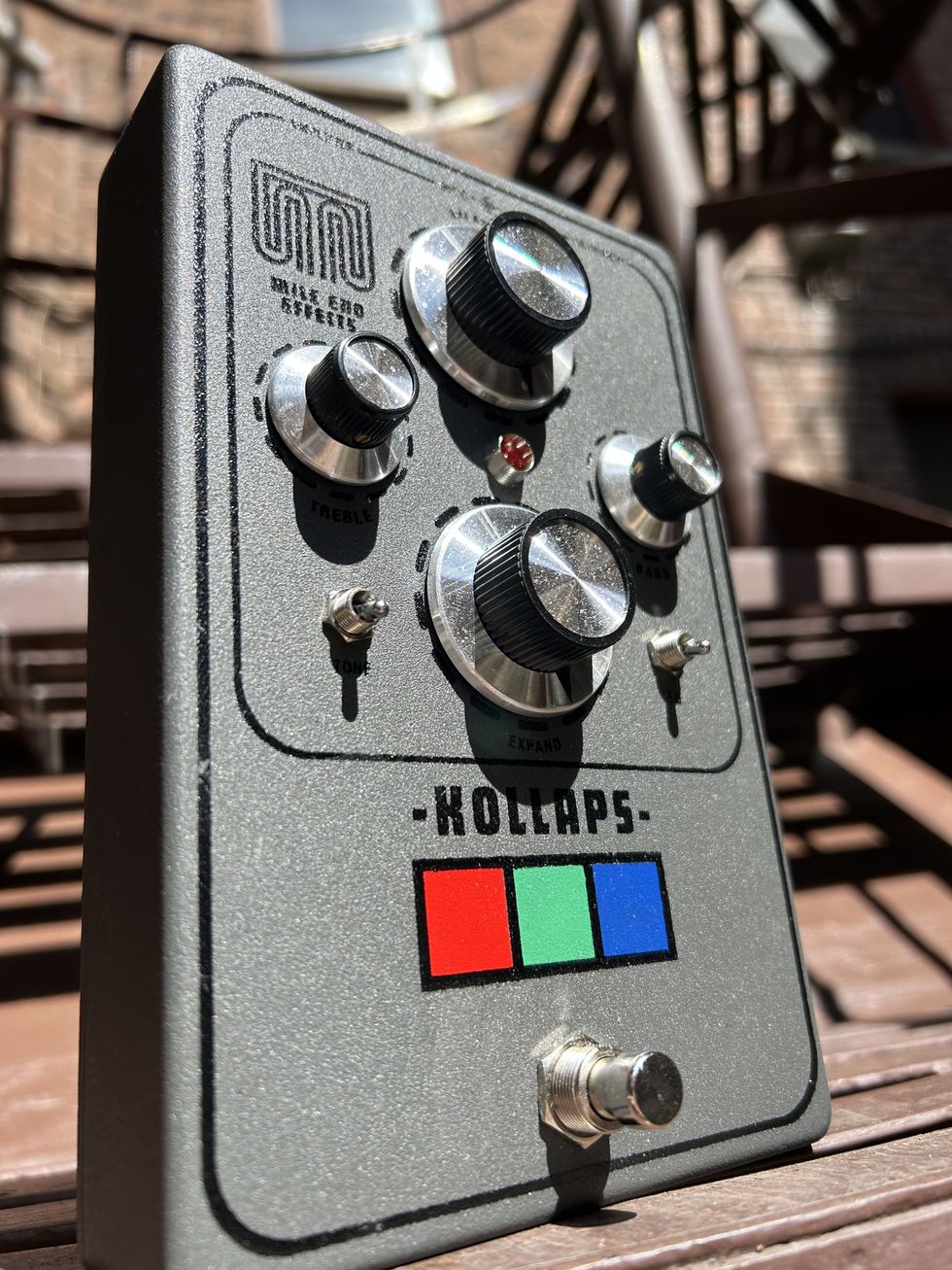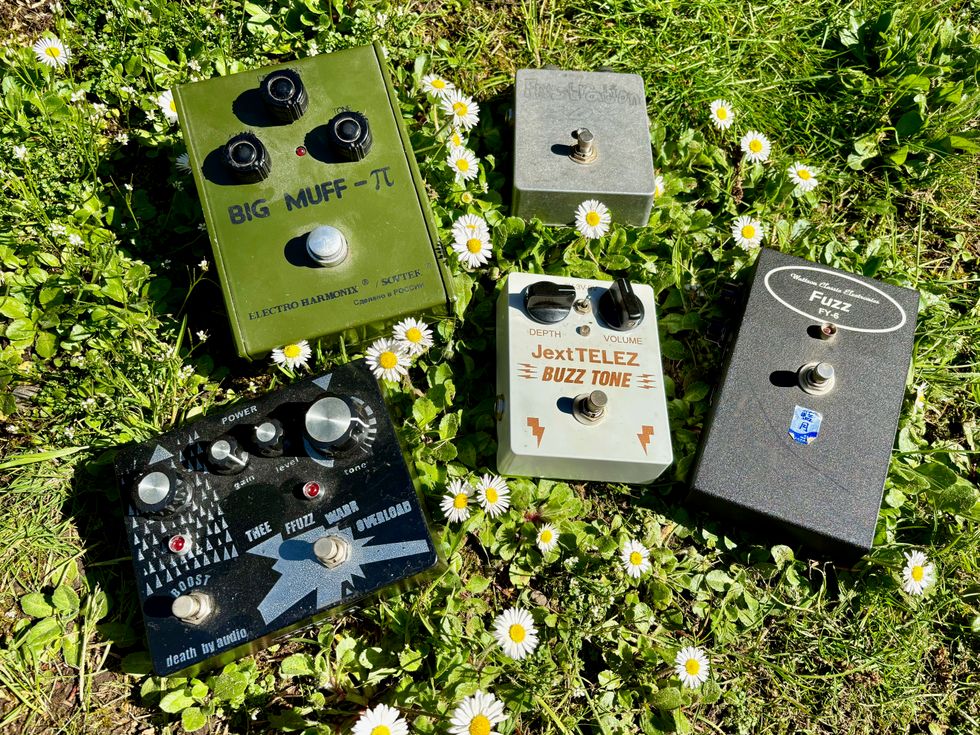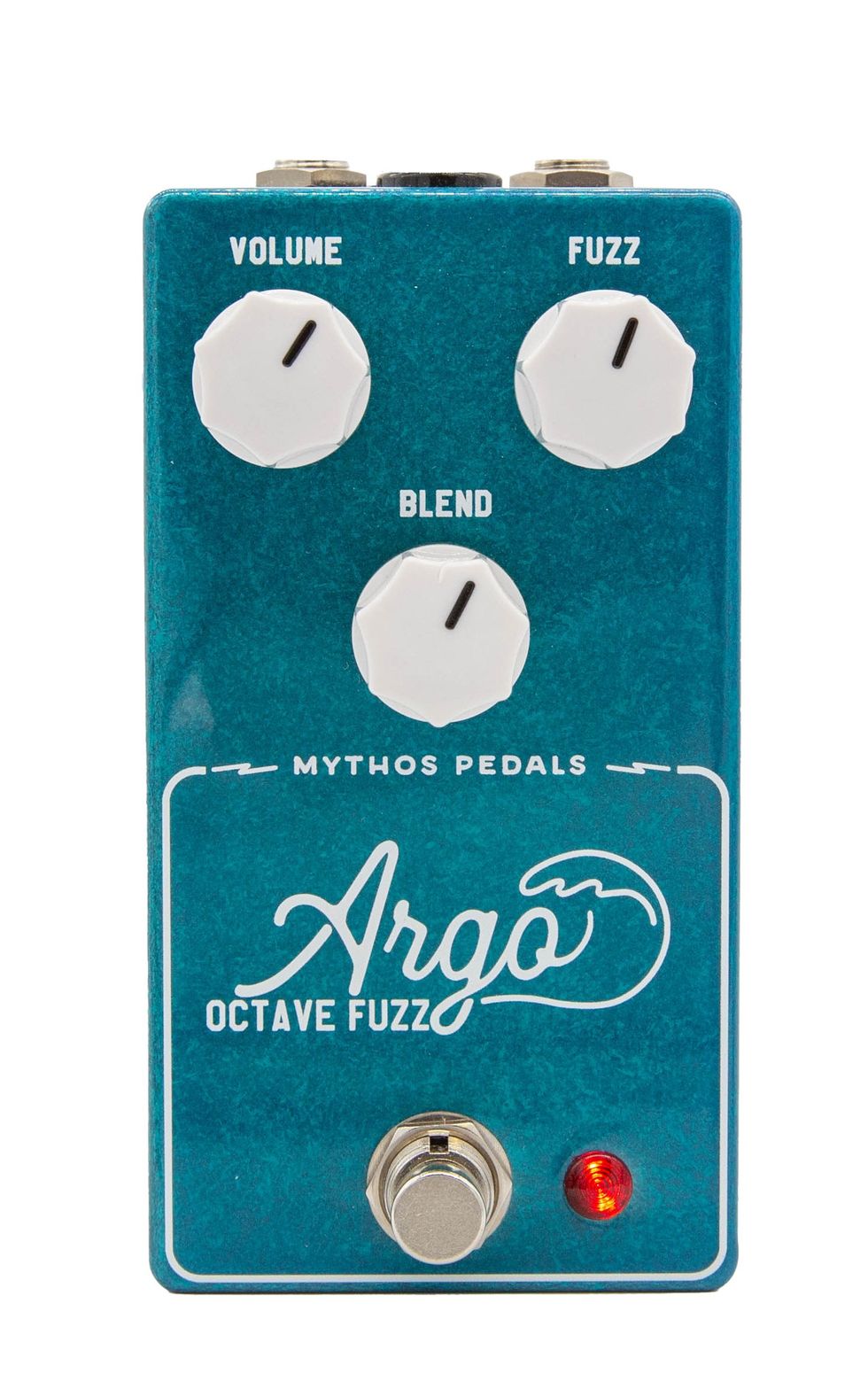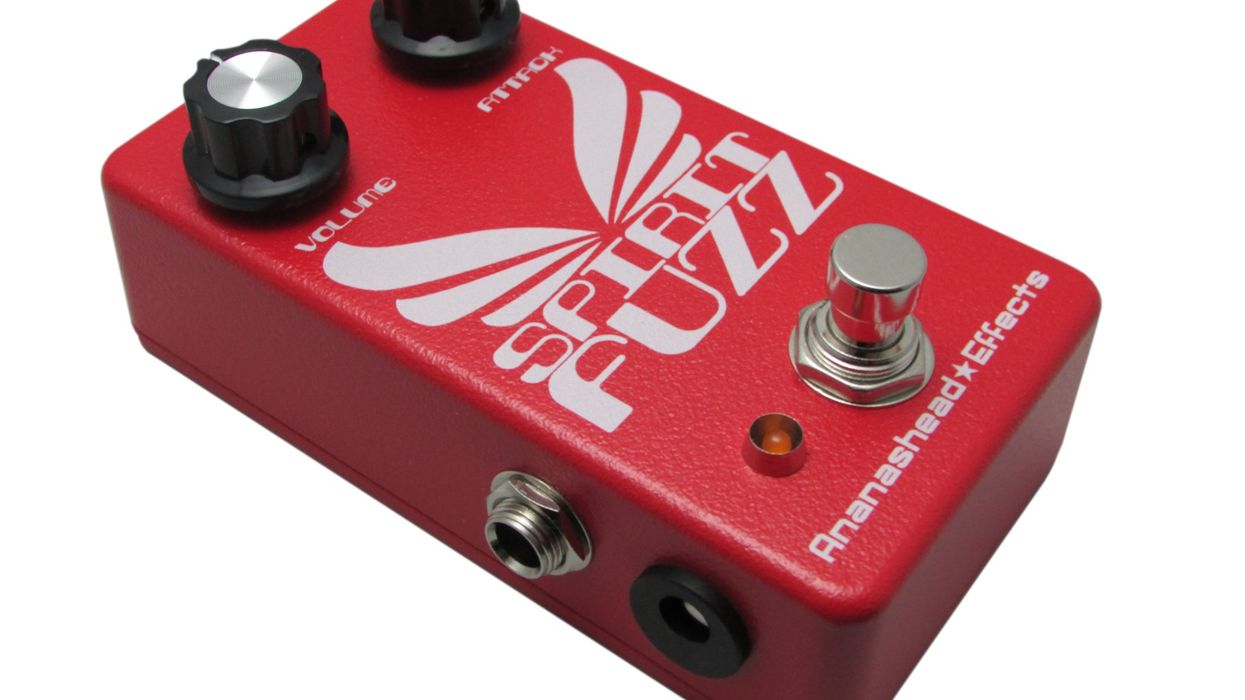Let’s do a quick review of the names of the
major modes beginning on the first degree
and continuing in order to the seventh:
Ionian, Dorian, Phrygian, Lydian, Mixolydian,
Aeolian, and Locrian.
There are some well-intentioned folks who
will tell you that to play over the chords C-FG,
first you play C Ionian, and then you play
F Lydian, then G Mixolydian. I say lighten
up—just play in C Major over the whole
progression. It’s an “audio illusion,” if you
will, since each of the modes mentioned are
actually the same notes as the C major scale
anyway. The context is the most important
thing in determining what key or mode we’re
in. As I like to say, “Same tie, different shirt,”
meaning any one melody over different chord
progressions will sound pleasing … or not,
just as a tie that looks great one day will clash
with the “wrong” shirt on another.
There is a time for thinking modally if the
music calls for it. A quick and easy example
of distinguishing one mode from another can
be heard by listening to a major key versus a
minor key. You can tell if a song is in A minor
rather than C major by listening to it. There
is a characteristic quality to the minor sound
once the tonal center has shifted to A, even
though all of the notes in the scales C major
and A minor are the same. We have just distinguished
the sound of the Ionian mode from
the Aeolian mode. In fact, each of the modes
of the major scale has a characteristic sound.
To identify a mode in theory, you can think
in either of two ways: “derivative” or “parallel.”
An example of parallel thinking would
be relating C Lydian to C Major and comparing
the two (they have all the same notes
except C Lydian has F# instead of F natural).
Derivative thinking relates the mode back
to its parent key, figuring, for example, “C
Lydian is the fourth of what major key?” (G).
Let’s think derivatively for now and see if we
can identify the characteristic sound of these
modes that we keep recognizing by ear.
The seventh and fourth tones of any major
scale will play a strong role in the sound of
each of the modes derived from that scale. The
Lydian mode’s most recognized quality is the
#11. Let’s think about the C major scale. The
seventh degree is B. Now think F Lydian, which
is the fourth degree of C major. There’s that B
natural, now functioning as the #11 of F Lydian.
This month’s assignment is to play in E
Lydian. There’s no need to panic when you
do the figuring and discover that the parent
key is B Major. We’re going to look at some
fun chords that are diatonic to B Major, but
also take advantage of our open E strings,
rooting it to our new tonal center of E. We’ll
also bring out the characteristic sound of
the mode, which in our example will be A#.
Remember, think “seven” of B to land on A#,
and you’ll get the #11 sound against the E.
Study and play the progression in Fig. 1.
Record yourself playing the example and
then go wild playing B major scales all over
the neck. Just as you do not need to start
and end a major scale on its root, you do
not need to start and end any of the modes
on their root—the context of the chords will
make everything work. Let your ears guide
you through the process.
Jane Miller
Jane Miller is a guitarist, composer, and arranger with roots in both jazz and folk. In addition to leading her own jazz instrumental quartet, she is in a working chamber jazz trio with saxophonist Cercie Miller and bassist David Clark. The Jane Miller Group has released three CDs on Jane’s label, Pink Bubble Records. Jane joined the Guitar Department faculty at Berklee College of Music in 1994.
janemillergroup.com
